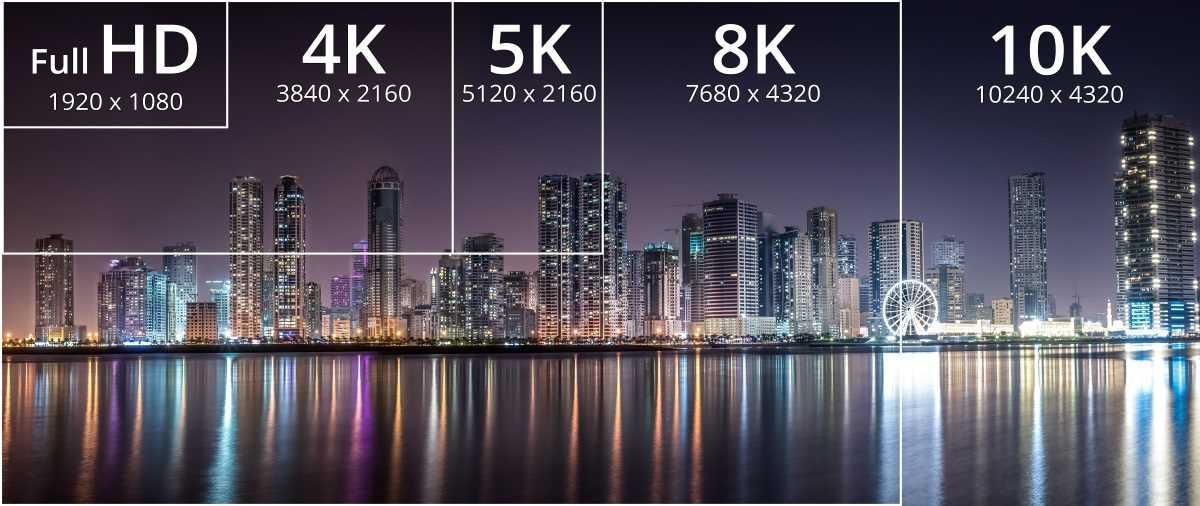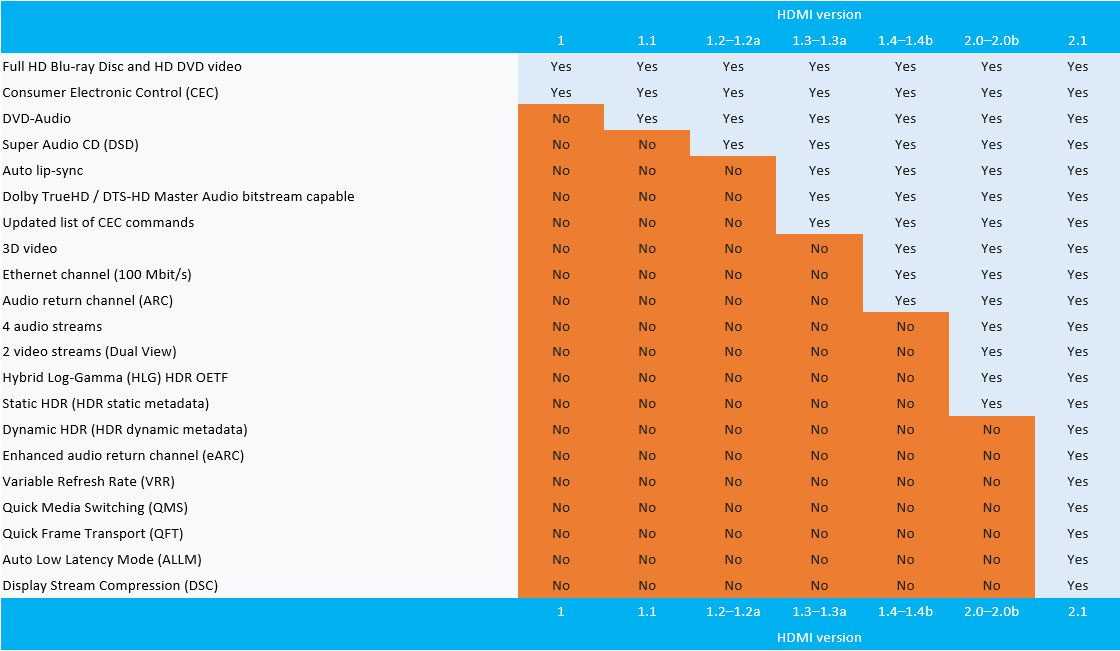Έχουμε τα πάντα έχουμε και τη… σύχγυση για τις συνδέσεις των συσκευών μας! Μια είδηση πολύ ενδιαφέρουσα μας έρχεται που αφορά τις ηλεκτρονικές…
…συσκευές και τους υπολογιστές μας και το ΑΝ θα πρέπει οι κατασκευαστής να λέει πως υπάρχουν οι επιπλέον δυνατότητες που δίνει η σύνδεση HDMI 2.1 και όχι μόνο του HDMI 2.0.
Φαίνεται λοιπόν πως οι κατασκευαστές αποφάσισαν πως τα επιπλέον χαρακτηριστικά των HDMI 2.1 για τις συσκευές θα είναι ‘προαιρετικά’ τελικά και ακόμη και αν μας δίνουν μέχρι τα χαρακτηριστικά του HDMI 2.0 μόνο η ΕΝΔΕΙΞΗ θα λέει πάλι πως έχεις θύρα HDMI 2.1!
To 2.1 τυπικά πρέπει να δίνει:
HDMI 2.1: Version 2.1 of the HDMI specification supports higher bandwidth (up to - but not necessarily - 48 Gb/s versus 18 Gb/s for HDMI 2.1) for up to 8K60 and 4K120 signals. It uses a new signalling system called FRL (Fixed Rate Link) to enable higher bandwidth. With lossless compression (DSC), HDMI 2.1 supports up to 120 Gb/s bandwidth for 8K120. HDMI 2.1 is fully backwards compatible, but it will require new cables (same connector) to take advantage of the higher bandwidth. HFR (High Frame Rate): HFR is used as a term for frame rates of over 100fps (frames per second), meaning smoother motion with higher motion detail. Movies are typically shot and presented in 24fps whereas console games have historically been presented in frame rates between 30 and 60fps. The higher bandwidth of HDMI 2.1 enables HFR in combination with 4K resolution. HDMI eARC (enhanced Audio Return Channel): With eARC you get increased bandwidth for audio compared to standard HDMI ARC (Audio Return Channel) that has been part of the HDMI specification since HDMI 1.4. It is now possible to transmit lossless audio as well as multichannel PCM via eARC. You can learn more in this article. HDMI eARC can also be implemented on HDMI 2.0 chipsets. HDMI VRR (Variable Refresh Rate): You may already know Nvidia G-Sync and AMD FreeSync. HDMI VRR is a similar standardized specification for variable refresh rate over HDMI. By syncronizing the refresh rate of the TV to match the frame rate output of the console or PC in realtime, VRR can reduce judder, tearing and lag for smoother gameplay. Both TV and console/PC must support HDMI VRR. HDMI QMS (Quick Media Switching): Today, changing the video mode in the HDMI connection results in a black screen, a so-called audio/video blackout. It typically takes a few seconds, depending on your device. As a consequence many playback devices avoid frame rate switching entirely and resort to the poor practice of frame rate conversion instead. QMS, which is a derivate of VRR, eliminates the black screen when changing video mode, for example 60Hz to 24Hz. Both devices must support QMS. HDMI ALLM (Auto Low Latency Mode): ALLM lets the game console transmit metadata in the signal to the TV to have it switch automatically into (and out of) game mode. Game modes in TVs typically have reduced input lag. Both TV and console/PC must support ALLM, which also works on HDMI 2.0 chipsets.
Related posts
Categories
- android World
- cinemart / music / video
- comicmania / books
- computing / social media
- consumer electronics
- design / architecture
- ecotech / electric
- exhibitions
- faq / Infographics
- futuristas / iDea
- gadgetfreak taste
- gadgets / stuff
- gaming / fun
- iOS World
- legends / special
- men's world
- military / aviation
- mobile / smartphones
- space talk
- tablets / multimedia
- tech talk / science
- transport / concept




